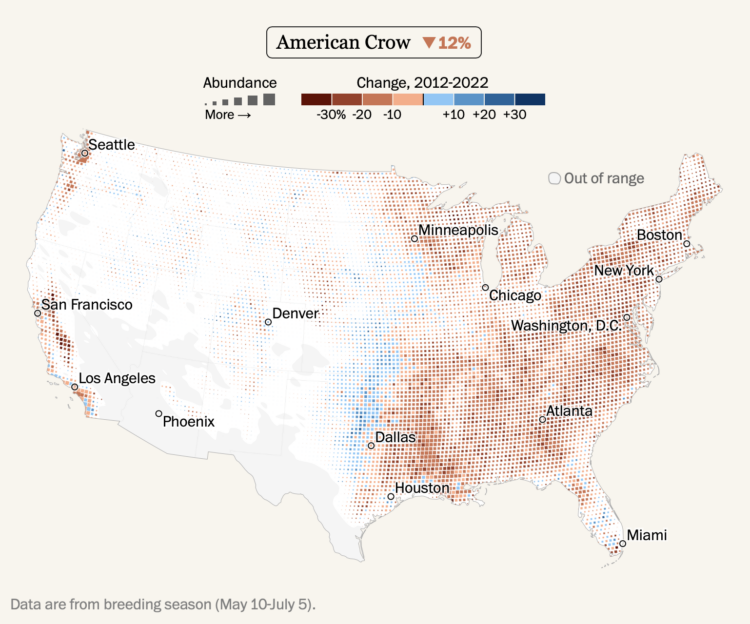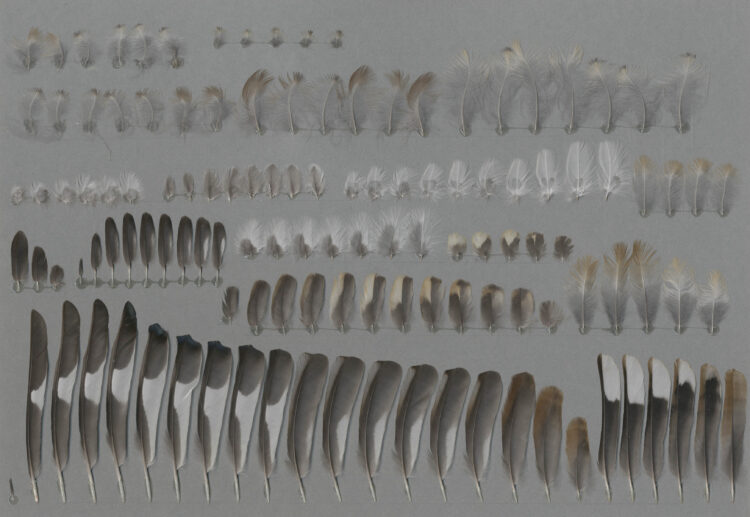Jer Thorp has combined birding and data visualization into a unique course called Binoculars to Binomials:
I dreamt up Binoculars to Binomials as a hybrid site of learning. It’s for coders who are interested in cultivating an observational practice, and for birders who want to dive into the rich pool of data that comes out of their hobby.
More broadly, it’s for anyone who’s interested in the overlap between nature, data and creativity.
Sounds good to me.
One of the best ways to learn how to visualize data is to apply it to a specific field. You figure out the mechanics and the context behind the data, which makes visualization meaningful and useful. In this case, you get your hands in all parts of the process.






